For nearly 10 years now, many households in Cam Binh commune, Ha Tinh province (formerly Cam Vinh commune) have converted ineffective rice and crop fields to grow moneywort. This is one of the medicinal plants with high economic value and stable output. Up to now, the whole commune has nearly 50 households participating in the production of this plant, concentrated in Tam Dong, Ngu Que and Yen Khanh villages.
According to the people, each year the moneywort plant gives 2-3 harvests. Each harvest only lasts 1-2 days, mainly by manual method of using sickle to cut the stem, bring it home to dry in the sun and then sell it to businesses to buy.
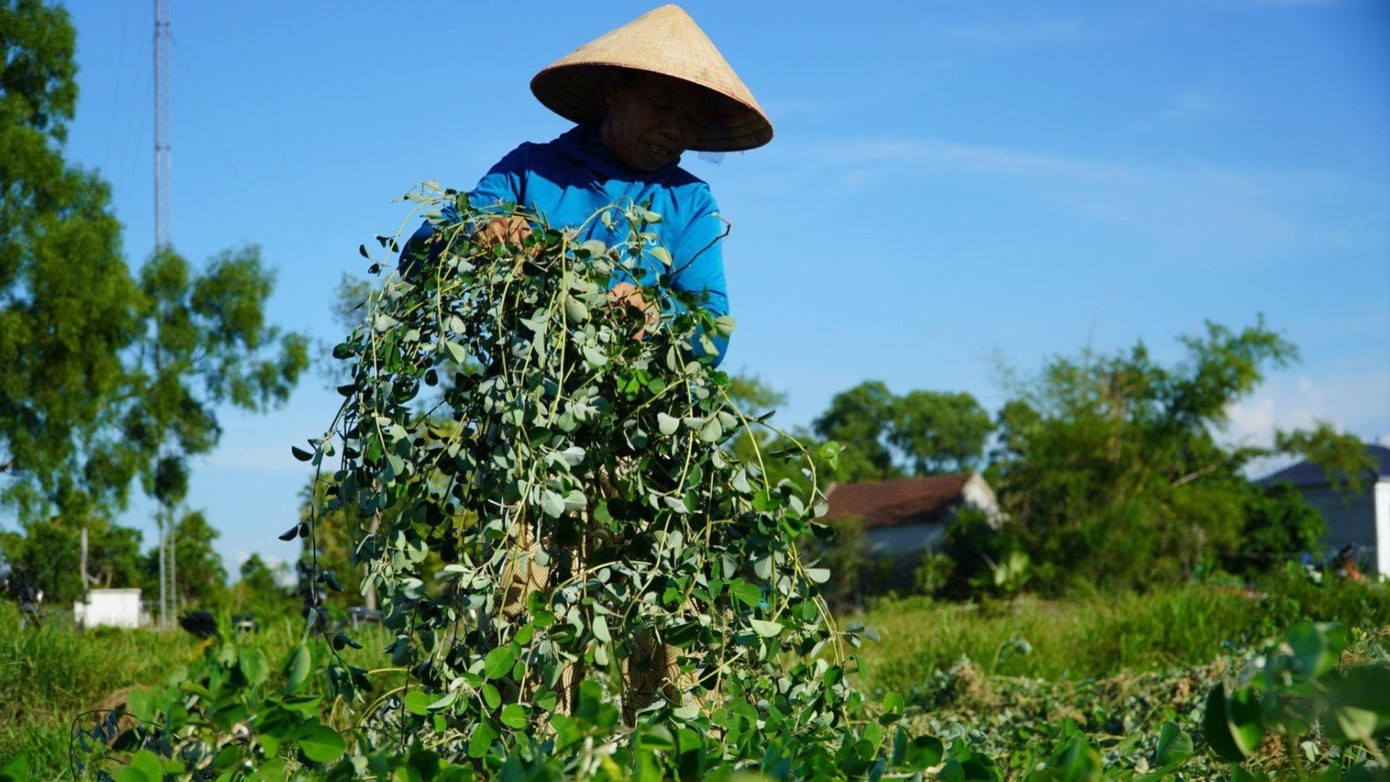
Mr. Nguyen Trong Ly (54 years old, living in Ngu Que village) said that his family has two sao of land growing moneywort. These are areas that were previously used for growing crops and rice but were not very effective. However, when switching to growing this medicinal plant, the family can harvest 2-3 crops each year, each crop earning about 7-9 million VND/sao. Thanks to the income from moneywort, the family has a stable source of income, helping their children to study well.
“Growing moneywort is 3-4 times more valuable than growing rice. Everyone is excited, on harvest day they take advantage of the long sunshine to cut, dry and sell to the unit that has signed a purchasing agreement,” Mr. Ly shared.
Having been involved with this plant for more than 7 years, Mr. Nguyen Van Hai (56 years old, resident of Tam Dong village) said that because he saw that it had a high income and did not require too much care, his family expanded the area in their home garden to grow it. "Almost everyone in the village grows moneywort because it is easy to care for and easy to sell. The efficiency is superior to rice, so people are very happy to have an additional source of income," Mr. Hai shared.
According to local statistics, the total area of growing moneywort in Cam Binh is currently about 4 hectares, of which 3 hectares is concentrated production area in Lang and Cua fields, the rest is in household gardens...
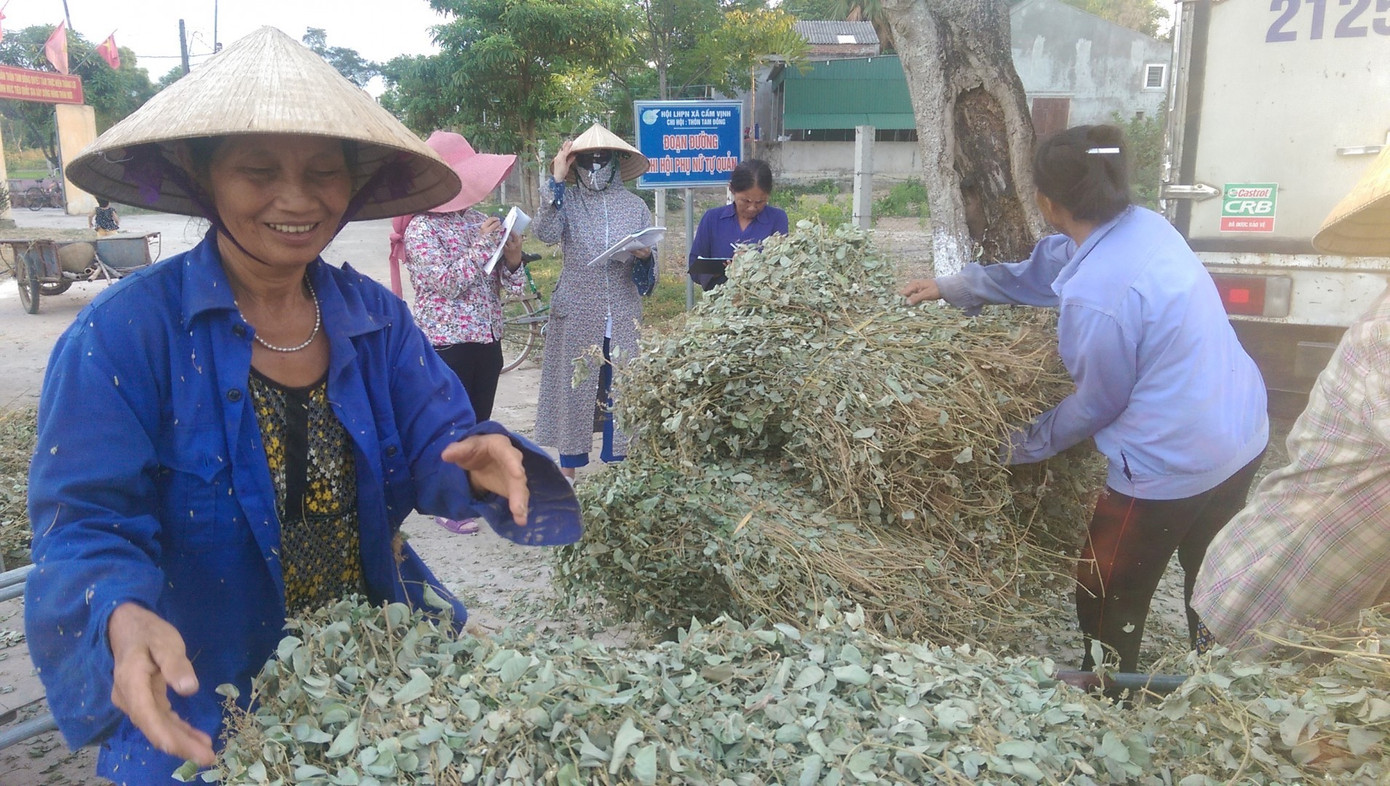
Local people said that this plant has a short growth cycle. Starting from March, the seeds can be planted and after nearly 2 months, the first harvest can be harvested. After each harvest, just fertilize and take care of it gently for about 20-30 days to continue for the next harvest.
Each year, on average, each sao of moneywort can produce 7-8 quintals of dried medicinal herbs. With a stable purchase price of 16,000 VND/kg, each sao of people can earn 9-10 million VND/crop. Meanwhile, if growing rice, each sao of land can only produce 2 crops a year with a yield of about 2.5 quintals/crop, selling for about 3 million VND/year, minus the investment cost, the remaining is very low.
Not only is it economically efficient, the moneywort plant also requires little care, and does not require herbicides or pesticides, so it is both cost-effective and environmentally friendly. According to the people, planting and harvesting the plant is also quite easy, suitable for the elderly, women and people with limited health.
It is known that since 2016, to support people in stable and long-term production, Cam Vinh commune (old) has established the Cooperative for Medicinal Plant Production and General Services. The Cooperative not only supports cultivation techniques but also acts as a bridge connecting farmers with businesses. Specifically, all post-harvest products are signed by the cooperative with Ha Tinh Pharmaceutical Joint Stock Company.
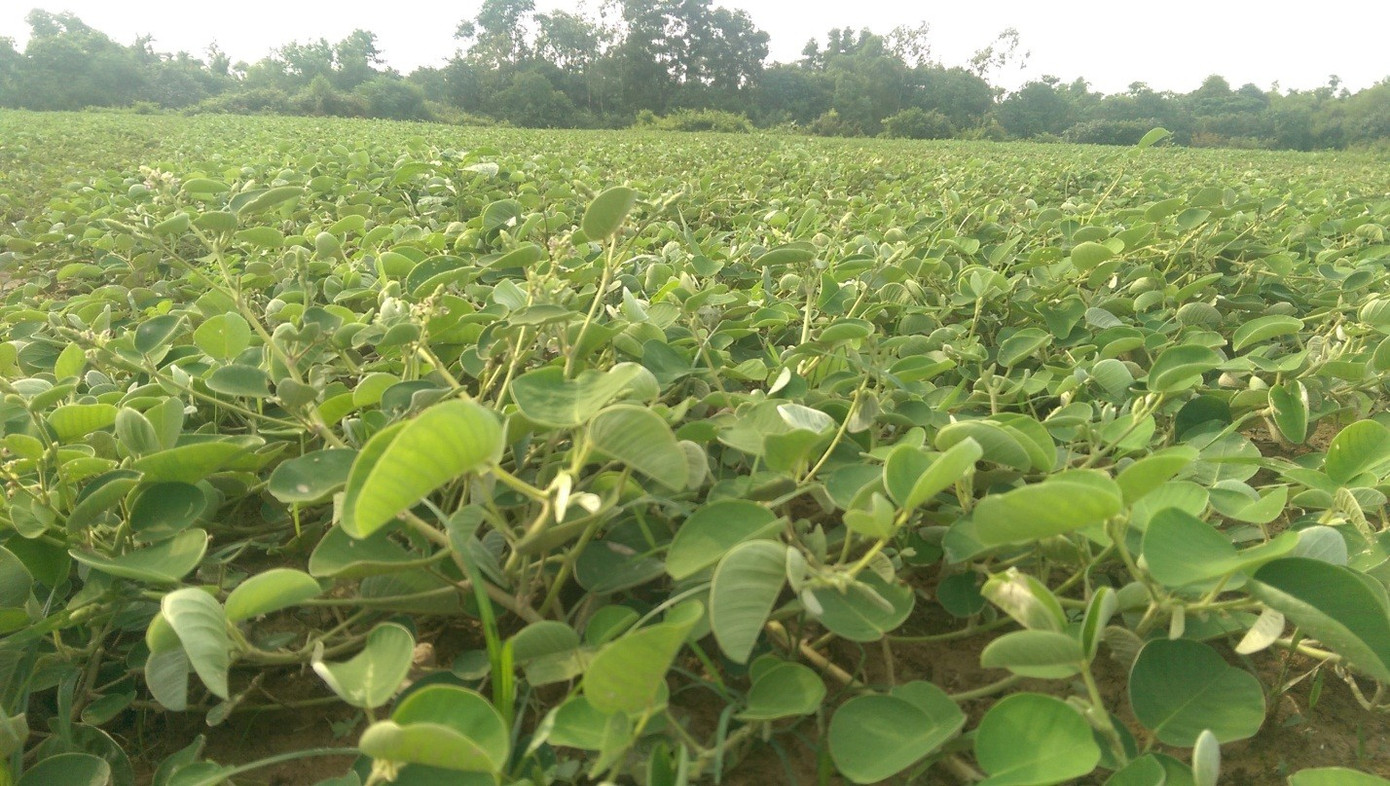
Currently, the model of growing moneywort in Cam Binh commune is gradually changing the face of the countryside. From a rice-growing area with unstable productivity, it has now formed a safe medicinal herb growing area with stable production and consumption market links. Not only contributing to increasing income and reducing poverty, the model also shows high adaptability to climate change, limiting risks in agricultural production.
“According to experts, the soil here creates favorable conditions for the plant to grow well, with high active ingredient content, making it very suitable as a raw material for producing oriental medicine. In the coming time, the locality will encourage people to expand their production area to increase their income. This is also a crop that helps many farming households get rich in the locality,” said a representative of the People’s Committee of Cam Binh commune.

The tree that helps people in the border area of Ha Tinh escape poverty

Growing clean specialties helps people in Sa Pa escape poverty

Chicken farming model helps people escape poverty sustainably

Lang Son veterans help each other escape poverty

The journey out of poverty of a Muong boy
Source: https://tienphong.vn/nhieu-ho-dan-o-ha-tinh-thoat-ngheo-tu-trong-mot-loai-cay-tren-dat-can-coi-post1767008.tpo






![[Photo] Prime Minister Pham Minh Chinh receives President of Cuba's Latin American News Agency](/_next/image?url=https%3A%2F%2Fvphoto.vietnam.vn%2Fthumb%2F1200x675%2Fvietnam%2Fresource%2FIMAGE%2F2025%2F12%2F01%2F1764569497815_dsc-2890-jpg.webp&w=3840&q=75)










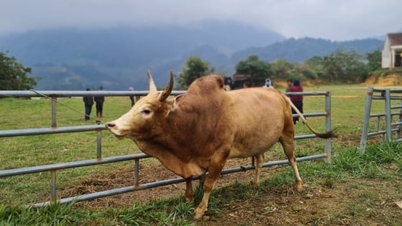

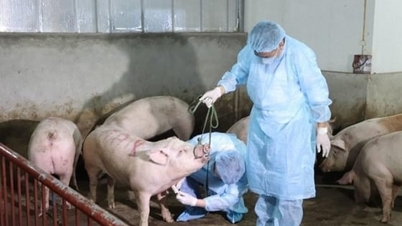


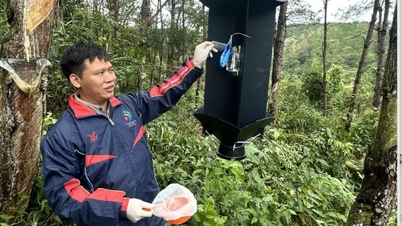
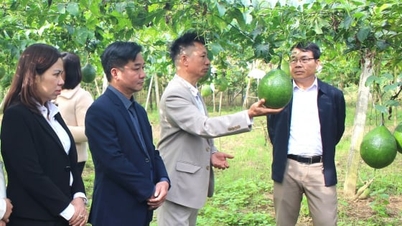













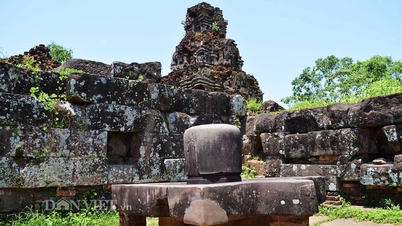



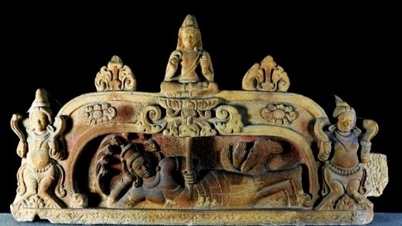
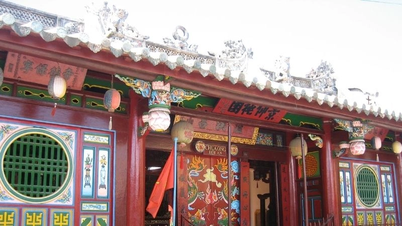


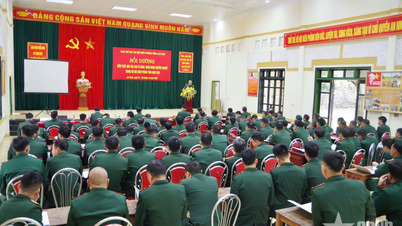

































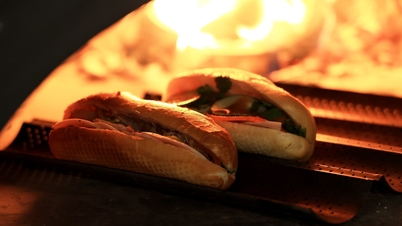






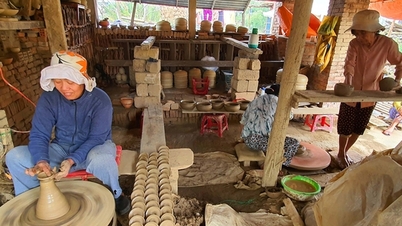


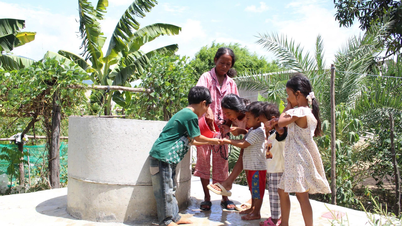

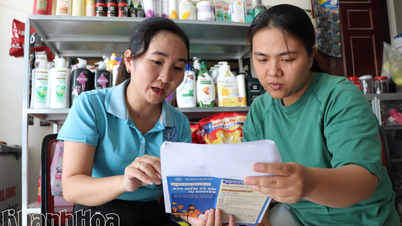




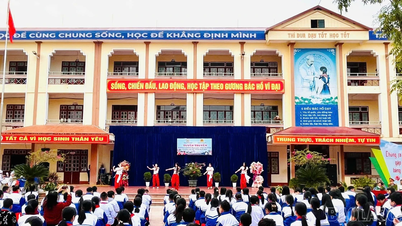













Comment (0)